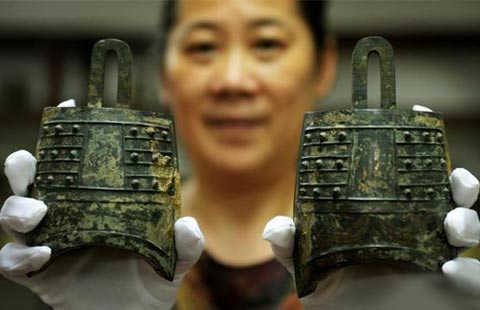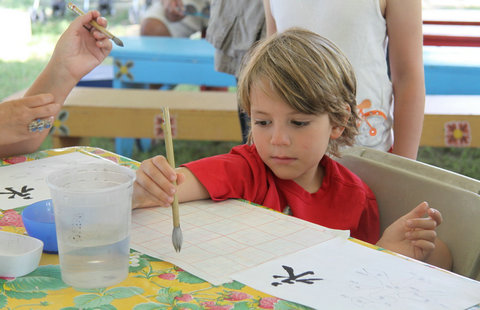Paper culture heritage highlighted in Beijing
By He Keyao ( chinadaily.com.cn ) Updated: 2015-12-16 09:51:13
Industry: much more need to be explored
The current situation for handmade paper advancement is not very optimistic. According to Tang Shukun, there’s still traditional papermaking spots unknown and unrecorded that are facing the threat of dying out, despite the improved situation after traditional papermaking handicraft was inscribed on the National Intangible Cultural Heritage in 2006.
The main problem lies in limited market demand and lack of inheritors.
In China, the major demand of handmade paper is still driven by art creations - paintings and calligraphy. Daily use for the public is limited, which makes the industry development challenging.
"Japan sets up a good example for us in terms of hand-making industry,” said Feng Tong, author of The Art of Washi (He Zhi De Yi Shu) and editor of Intellectual Property Publishing House.
"In Japan, handmade paper is integrated into people's everyday life, whether for decoration, education, or traditional rites."
Feng said there is a big space to explore for the use of handmade paper in Chinese society.
"Traditionally, paper is supplied in many folk customs, such as weddings and lunar festivals. Paper is used to carry our emotions and cultures and we should keep the tradition alive."
Feng's call for the return of paper culture and tradition was strongly agreed upon by Tang Shukun, who pointed out that the demand is one of the keys in protecting the heritage.
"From tradition advancement to industry development, China still has a long way to go," Feng said.
A special workshop for handmade notebooks was held after the symposium.
|
|
|
|
|
|
|
|
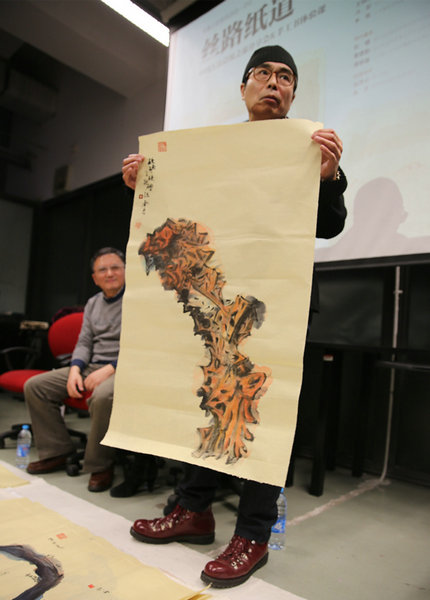
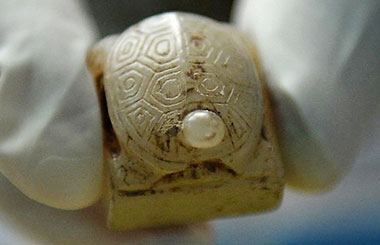
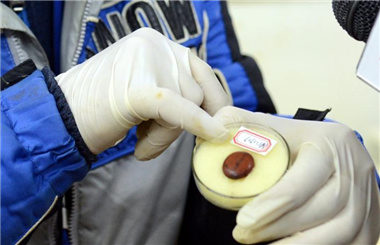




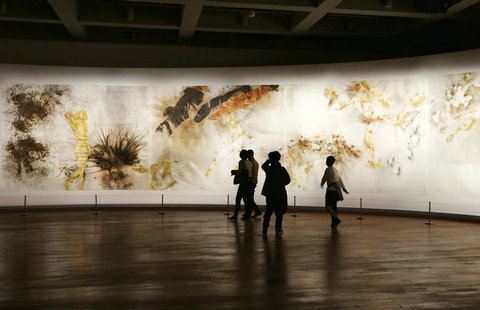

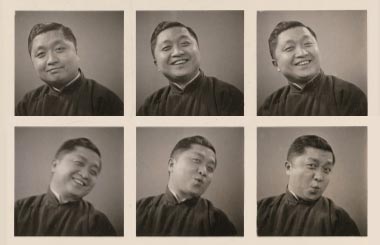









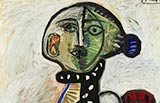




 Raymond Zhou:
Raymond Zhou: Pauline D Loh:
Pauline D Loh: Hot Pot
Hot Pot Eco China
Eco China China Dream
China Dream China Face
China Face



